Implementation
This section includes resources to assist you with implementing your innovation. Many of these resources correspond to the specific innovative tools that were implemented by the local WIC agencies that received funding through the HPRIL project. These include online appointment scheduling, on-demand video calls, integrated media marketing campaign, drip texting campaign, and a digital referral network. The resources developed by the local agencies include marketing materials, social media post and text message examples, processes and protocols, a sample MOU, a sample project charter, and others. There is also a section to guide you through implementing what HPRIL has identified as a set of customer service best practices.
Implementation Resources
Implementing Customer Service Best Practices

Photo source: https://hiverhq.com/blog/understanding-customer-service-roles-and-responsibilities
At the outset of the HPRIL project, after a review of the existing literature, the HPRIL team at JHU identified a set of customer service best practices which were required to be implemented at all funded agencies prior to implementing the HPRIL-funded innovative tool. The reason for this was establishing a baseline level of customer service practices at all five funded WIC agencies in order to compare the impact of the new tool on retention across agencies.
The required customer service best practices included:
- Appointment reminders provided via phone, text, and/or email 2-3 days in advance of scheduled appointments. Text appointment reminders are associated with increased enrollment with benefits.
- Provide a follow-up call, text, or email for missed appointments within 24 hours.
- Offer same day/next day scheduling. Same day/next day scheduling is when the participant is issued 3 months of benefits and calls to schedule their next appointment either the same day or the next day when the previous 3 months of benefits have expired. This practice is associated with increased recertification visits.
- Provide customer service training to WIC agency staff. The training should include topics such as “Active Listening”. This practice is linked to staff retention and improved customer service.
Some additional best practices recommended by HPRIL included accepting electronic eligibility documents, allowing for 30-day temporary eligibility approval, and providing participant-centered communication and counseling. Many of these protocols are adopted at the state agency level, so please be sure to check that any new customer service protocols you adopt are aligned with state requirements.
Online Appointment Scheduling Marketing Materials
Online Appointment Scheduling Reminder Slip Template
If your agency is launching an online appointment scheduling platform, it is important that WIC participants are informed about the availability of the platform, where to find it, and how to use it. In order to market the platform when participants come for their appointment, you could hand out reminder slips that include instructions for making their next appointment online. This online appointment scheduling reminder slip was originally created by staff members at Cabarrus Health Alliance WIC. It includes important information about the family’s next appointment as well as the website URL and a QR code for the participant to use the online scheduling platform. A link to the online scheduling platform should also be featured on your local agency website.
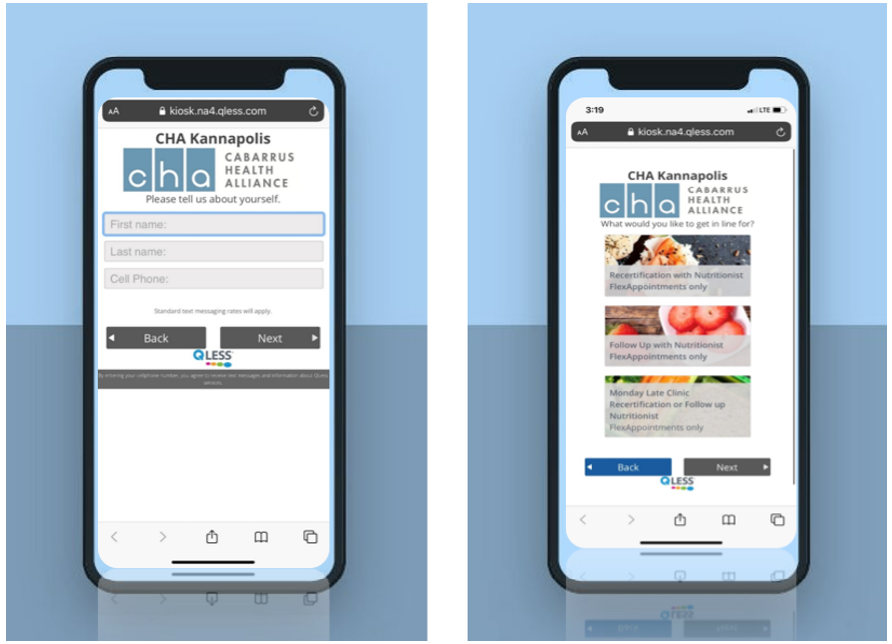
Online Appointment Scheduling Introduction Video
If your agency plans to launch an online appointment scheduling service, it’s important to disseminate this information to all WIC participants. In order to market the platform, you could make an introductory video and post it on your agency’s social media platforms and/or website. This introductory video for online appointment scheduling (available in English and Spanish) was made by staff members at Cabarrus Health Alliance WIC. You can find out how they introduce people to the new service as well as provide detailed information on how to access the new tool.
Photo on the right: Cabarrus Health Alliance (CHA) WIC participant view when making an appointment
Cabarrus Health Alliance WIC - Online Appointment Scheduling Introduction Video
Cabarrus Health Alliance WIC - Online Appointment Scheduling Introduction Video Spanish Version
On-Demand Video Calls: Marketing Materials
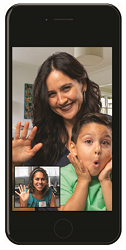
To launch a virtual method for nutrition education appointments, it’s critical to give clear instructions to participants regarding how to utilize the online platform. The marketing materials (an email attachment, brochure, and flyer) were created by Yavapai County WIC in Arizona. Each one explains the purpose of the video call appointments and step-by-step instructions on how to use Zoom for nutrition education. The brochure goes into more detail, providing a Frequently Asked Questions (FAQ) section as well.
Implementing a Social Media Campaign
Social Media Custom Creative Examples
In order to develop effective social media posts, it is important to establish clear goals and specify your target audience. The four social media custom creative examples (LINK) included in the resource guide were developed by Miami Dade WIC staff. Each one is accompanied by an explanation of the development process for designing the message and image. The creative examples illustrate how Miami Dade WIC tailored the social media posts to the specific audience they wanted to influence.
Using Google to understand WIC customer journey and increase online engagement*
The following guidance on using Google products to increase online engagement was adapted from a presentation from Miami-Dade WIC in 2021:
Google has a 92.05% worldwide market share and holds 82.95% of US market share. There are around 3.5 billion searches taking place every day on Google. The users who are most likely to be using Google to search the web are between the age of 18 and 44. The internet is the next frontier, and Google can be utilized for organic searches, location searches and reviews of WIC agencies. In addition to the these, there are various other Google products which can be used for local agencies.
To start off, identify who would be the lead person/persons within your agency to use Google products to increase online engagement. The next step would be to set up a local agency Gmail account. On Google maps, search WIC locations in your area. There may be sites which are already set up.
*Please note: USDA/FNS, the funder of HPRIL, does not endorse commercial products.

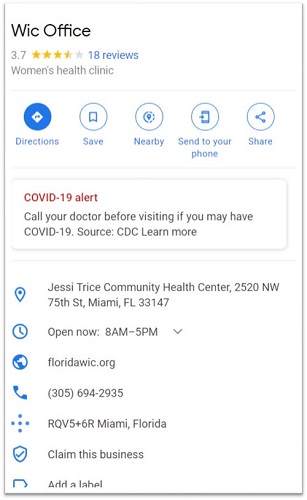
Google My Business
Google My Business can be used to add or claim business locations. It is important to update WIC Site information such as address, hours of operation, website, phone number and services. Google is the primary location our clients use to find us. Therefore, this information should be accurate and updated frequently.
Google My Business can be used to create posts, and images/videos can be added for free. It can also be utilized for information, insights such as how your WIC location performs, number of searches and phone calls, client reviews mentioning what they have to say about that particular location and services such as nutrition, breastfeeding related services.
Google Ads
Google Ads is a system that allows businesses to bid for advertising space in the Google search results page. Google Ads are paid while organic traffic is free.
It’s important to be clear about what your agency wants to promote. Keep an eye on how frequently your ad link gets clicked and reassess your campaign performance on a frequent basis.
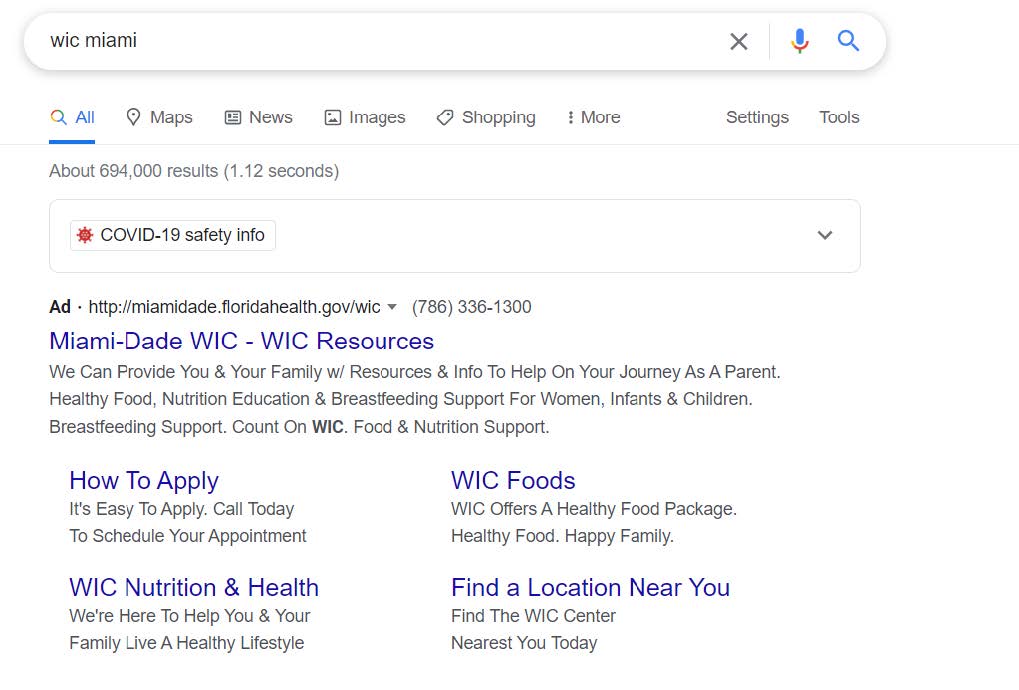
Google Analytics
Google Analytics is a web analytics service that provides statistics and basic analytical tools for search engine optimization (SEO) and marketing purposes. Google Analytics is free for anyone with a Google account. It is used to track website performance and collect visitor insights. It can also track success of marketing/campaigns and top sources of traffic. This can be used to discover patterns and trends in user engagement and audience demographics as well as behavior.
Google Analytics Academy is a free online course that covers Google Analytics primarily for measuring website traffic. With the help of this course, you can learn how to navigate the Google Analytics interface and reports. The course teaches how to set up dashboards and shortcuts and how to analyze basic audience acquisition and behavior reports. You can also learn how to set up goals and campaign tracking.
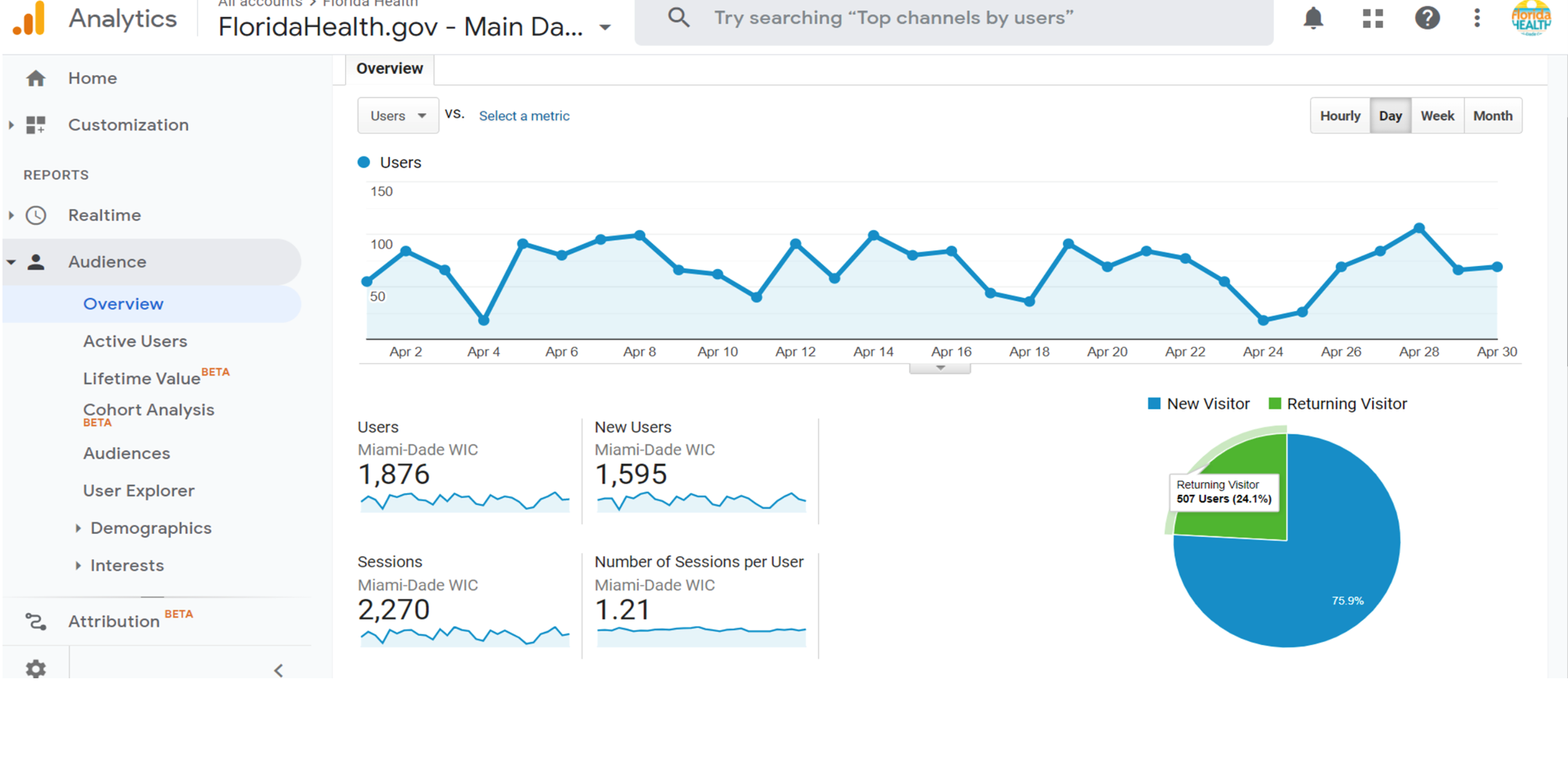
Strategies to monitor online engagement
- UTM tagging is a way to add special codes to URLs. This can help to track clicks and the performance of marketing activities.
- Event tracking can help to understand what users are doing once they’re on your website. You can also track phone calls to agency call centers or other locations.
Implementing a Texting Campaign
Process for Developing a Text Message Campaign

Photo source: Pima County WIC, 2022
If your agency is considering embarking on a new text messaging campaign aimed at improving WIC retention, you can refer to this guidance document. It describes the step-by-step process that one HPRIL agency (Pima County WIC in Arizona) used to develop and implement a drip marketing text message campaign.
Sample Text Messages
If your agency is considering embarking on a new text messaging campaign aimed at improving WIC retention, you can refer to these sample text messages, developed by Pima County WIC in Arizona in partnership with their state WIC office. These messages are listed in both English and Spanish, and include the age category that was being targeted (i.e., infant, C1, C2-5, or general), the message category (i.e., infant care, retention, feeding, WIC foods, recipe, eWIC card, or appointment options), the short-term outcome associated with each message (i.e., increased participant value of WIC, increased knowledge of WIC services and eligibility and ways to complete eligibility requirements, increased knowledge of food choices and how to maximize benefits, or increased attendance at WIC appointments), and the long-term outcome (i.e., increased year-over-year program retention, increased redemption of food benefits, or increased monthly participation). These messages were approved by the local agency as well as by USDA/FNS.
Based on a post-texting campaign survey, the text messages added value to the WIC client experience, marked by overwhelmingly positive responses to questions about changes in knowledge of WIC services and eligibility, ways to maximize benefits, and nutrition education. The HPRIL evaluation of the texting campaign showed statistically significant positive effects on child retention and participation.
Implementing a Digital Referral Network
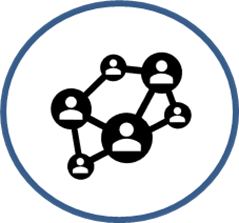
Sample MOU
When developing a partner network for referral purposes (both referring WIC clients to other services and receiving referrals from partner organizations), it is often necessary to develop a memorandum of understanding (MOU) that establishes the parameters of the proposed partnership. This sample MOU was developed by Public Health Solutions WIC in New York City and was provided to Agudath Israel Community Services, Inc. You can refer to this sample MOU to become familiar with the necessary sections (including Background and Terms of Collaboration). Please note: Sharing of information with non-WIC entities must comply with the participant confidentiality provisions in 246.26(d) of WIC Federal regulations.
Sample Network Charter
Once you have established a network of community partners, it is a good idea to develop a project charter that can guide the collaborative work of the network. This charter will describe the purpose of the network or coalition, the members of the network, roles of individual members, and how the network will be managed (including meetings, decision making, communication, and expectations). The sample charter was created by Public Health Solutions in New York City for their closed-loop referral intervention.
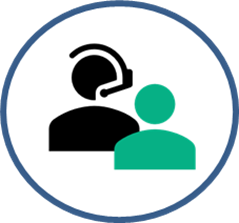
Referral Cheat Sheet
Public Health Solutions WIC in New York City created what they called a “Cheat Sheet for Referral Services” (LINK) which was a reference document for WIC staff that included information about all of the partner organizations in their referral network. The partner organization details included which services they provided, which documents were required by potential clients, hours of operation, and other important details. In the cheat sheet, UU stands for UniteUs, which was the digital referral network used by Public Health Solutions for their closed loop referral intervention.
